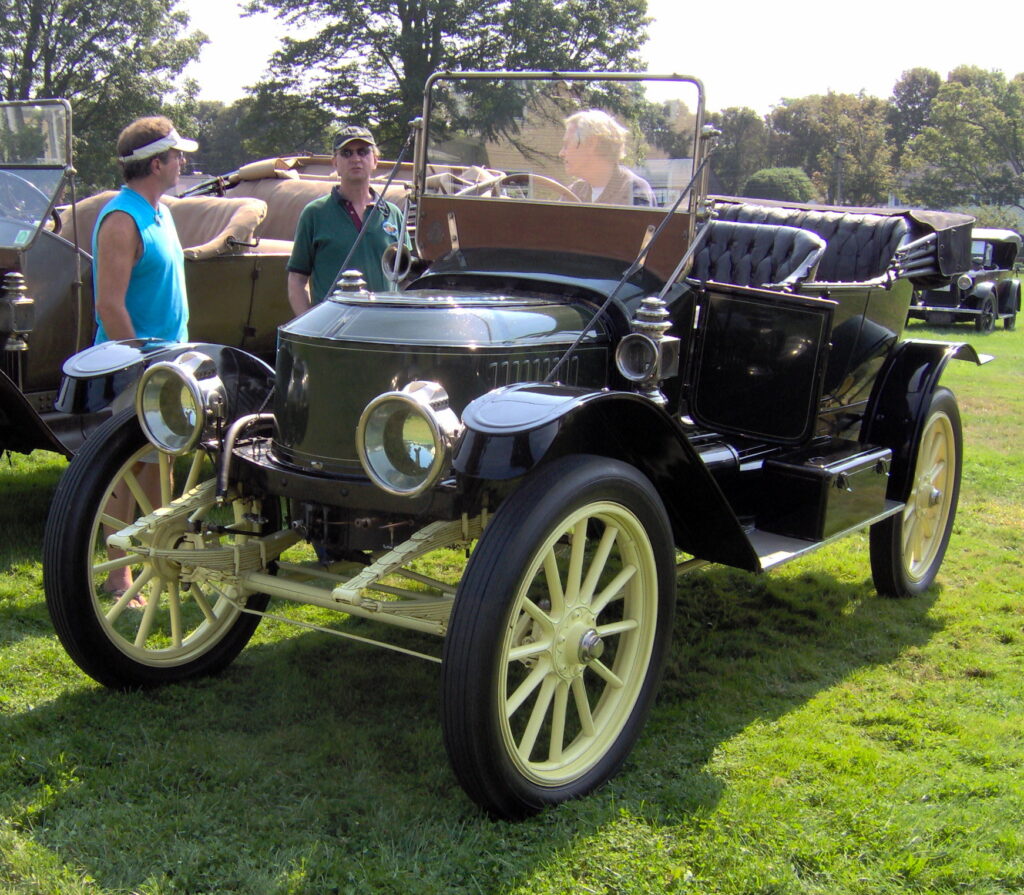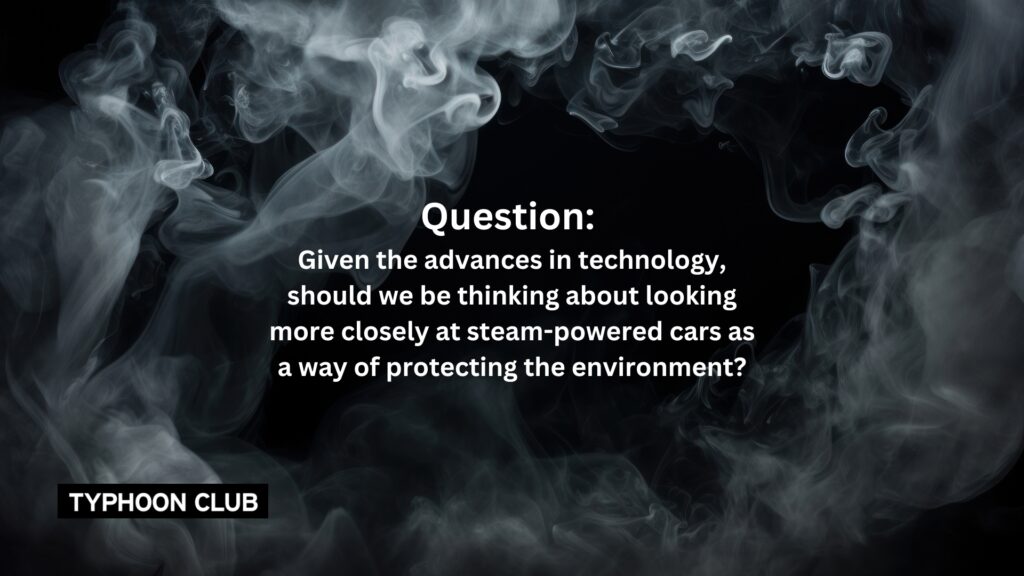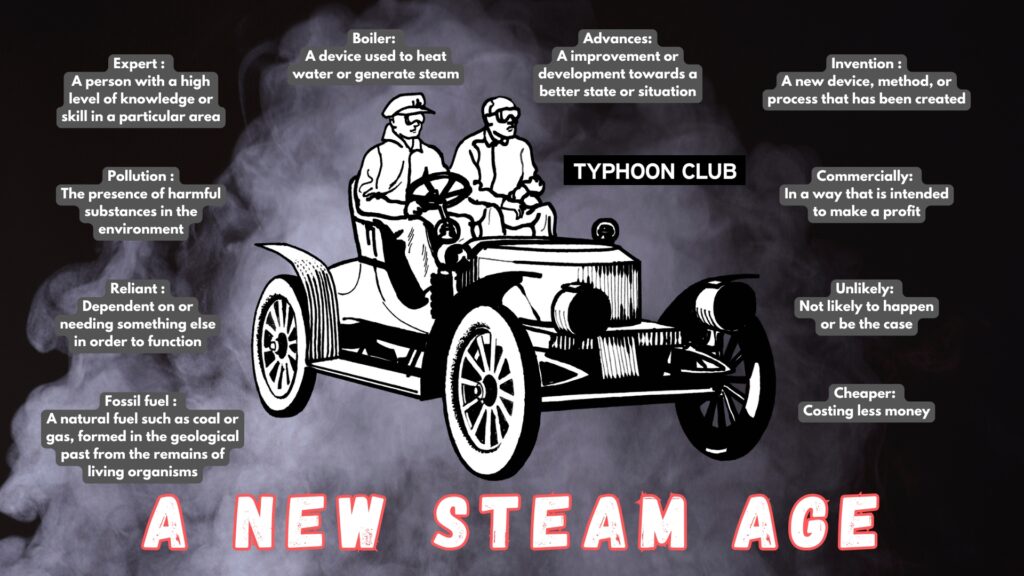
You do not have to be an environmental expert to understand that pollution caused by cars is a global problem. There have been great advances with the development of electric cars. However, in 2024, it was reported that the number of electric cars being sold by TESLA was getting smaller. Perhaps the reality of moving away from fossil fuels to other forms of energy still seems to be a long way off.

If things had been different when inventors began to consider ways of transporting people around, cars may never have been reliant on fossil fuels. There was a far better choice. What was it? Water. In the very early days, the idea of using steam to drive cars was common. It’s not really surprising when you consider that steam engines pulling trains had changed transportation forever.

The first steam car was built in 1815. Only a small amount of fossil fuel was required to power the engine. This power was used to heat up the water in the boiler and it took a long time. Once boiling, steam was produced and the car worked perfectly. Steam cars were very simple to drive and they could reach high speeds quickly. They were also very quiet, unlike fossil-fuelled vehicles.
Between 1899 and 1905, more steam cars were being built in America than cars powered by petrol. In 1906, a steam car known as the Stanley Rocket held the land speed record of 127 miles per hour!

So why don’t we have any steam cars today? There are two reasons. Because they required a boiler, they were very heavy. Even small steam-powered cars weighed two tonnes. This made them expensive. The mass-produced Model T Ford (known as the Tin Lizzy) in 1908 made petrol-powered cars much cheaper. In fact, by 1910, Henry Ford’s cars were six times cheaper than any other steam-powered car.

As we all know, there have been great advances in technology since Henry Ford’s invention. Today, modern boilers are much lighter and smaller. Water can also be brought to the boil within a few seconds. They can also go faster. In 2009, a new land speed record for a steam-powered car was set at 148 m.p.h. Will we see steam-powered cars sold commercially? Experts say it is unlikely. The petroleum companies are too powerful. Unless the world changes its views on pollution, the steam car will remain in the history books.
Take a look at an original steam car in action. Could you see yourself driving one?
QUESTION:

VOCABULARY
